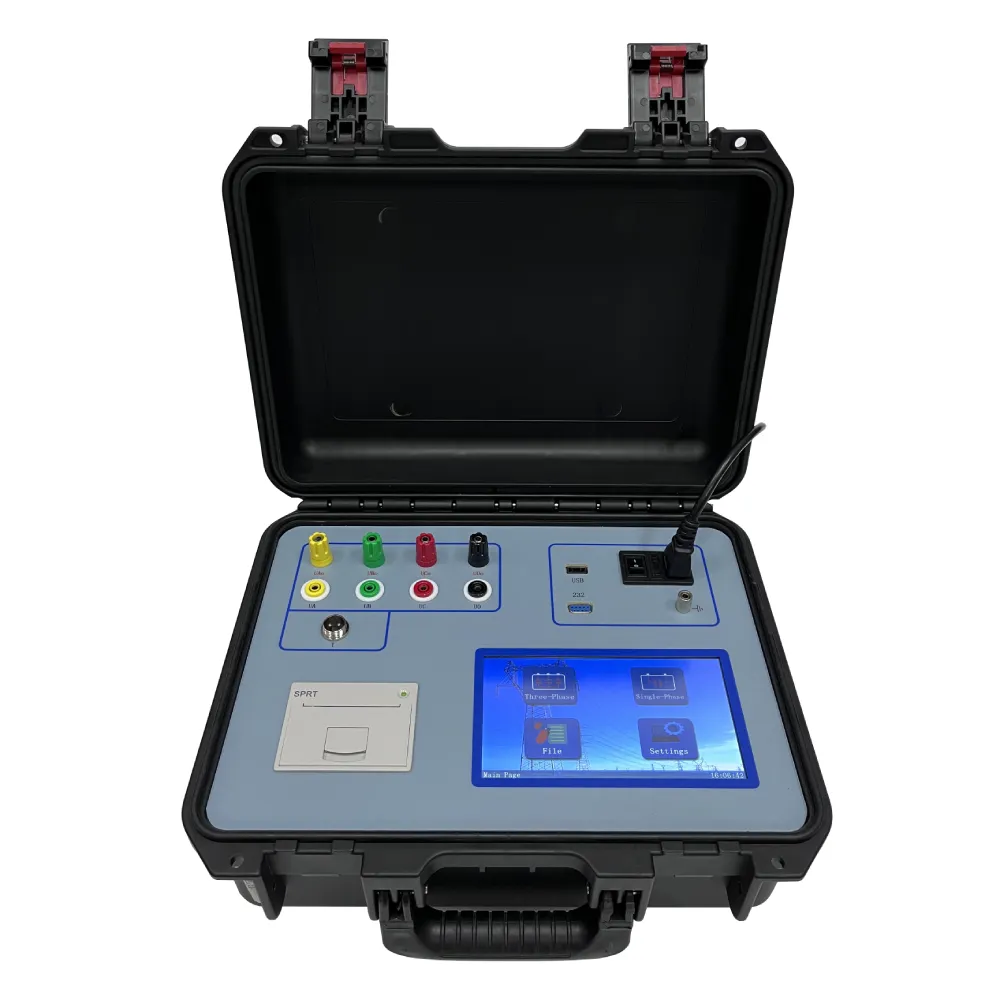 English
English


Titration Machine - Precise and Efficient Titration Solutions
The Role of Titration Machines in Modern Laboratories
Titration is a fundamental analytical technique used to determine the concentration of a solute in a solution. Traditionally, this process required meticulous manual preparation and execution, which, although effective, was often time-consuming and prone to human error. However, the advent of titration machines has revolutionized the way chemists conduct titrations, significantly enhancing accuracy, consistency, and efficiency in laboratory settings.
Titration machines, also known as automatic titrators, utilize advanced technology to automate the titration process. These machines are equipped with precision pumps, electrodes, and sophisticated software that facilitate the addition of titrant to a sample solution in a controlled manner. The primary advantage of using a titration machine is its ability to deliver precise measurements that minimize human error. By automating the titration process, these machines ensure that results are reproducible and consistent across multiple tests, which is crucial in research and quality control.
The operation of a titration machine begins with the calibration of the equipment, which is essential for maintaining accuracy. Calibration involves using standard solutions of known concentrations to set the machine's parameters. Once calibrated, the machine can seamlessly perform the titration, monitoring the reaction in real time. It can automatically detect the endpoint of the titration— the point at which the amount of titrant is stoichiometrically equivalent to the amount of substance in the sample—using various detection methods, such as pH indicators, potentiometric sensors, or spectrophotometric analysis.
titration machine

Moreover, titration machines are designed to handle various types of titrations, including acid-base, redox, and complexometric titrations. This versatility makes them invaluable in diverse fields, from pharmaceuticals and environmental science to food and beverage industries. In the pharmaceutical sector, for example, titration is vital for determining the concentration of active ingredients in drug formulations, ensuring compliance with regulatory standards and safety protocols.
In addition to precision, titration machines also enhance productivity in laboratories. They can run multiple samples concurrently, significantly reducing the time required to complete analyses. Many models come equipped with user-friendly interfaces, allowing technicians to program tests with minimal training. Data generated by titration machines can be easily logged and analyzed, providing researchers with valuable insights and facilitating better decision-making.
Despite their numerous advantages, it's essential to understand that titration machines are complements rather than substitutes for manual titration skills. Knowledge of the underlying principles of titration is still crucial for interpreting results and troubleshooting issues that may arise during the process. Furthermore, some complex samples may require a tailored approach that automated systems cannot address fully.
In conclusion, titration machines represent a significant advancement in analytical chemistry, delivering highly accurate, reproducible, and efficient results. Their increasing use across various industries showcases their importance in modern scientific practices. As technology continues to evolve, we can expect further enhancements in titration techniques, further bridging the gap between automation and traditional analytical methods. With the integration of titration machines, laboratories are better equipped to meet the demands of contemporary research and industry standards, ensuring the reliability and safety of chemical analyses.
-
Differences between open cup flash point tester and closed cup flash point testerNewsOct.31,2024
-
The Reliable Load Tap ChangerNewsOct.23,2024
-
The Essential Guide to Hipot TestersNewsOct.23,2024
-
The Digital Insulation TesterNewsOct.23,2024
-
The Best Earth Loop Impedance Tester for SaleNewsOct.23,2024
-
Tan Delta Tester--The Essential Tool for Electrical Insulation TestingNewsOct.23,2024





